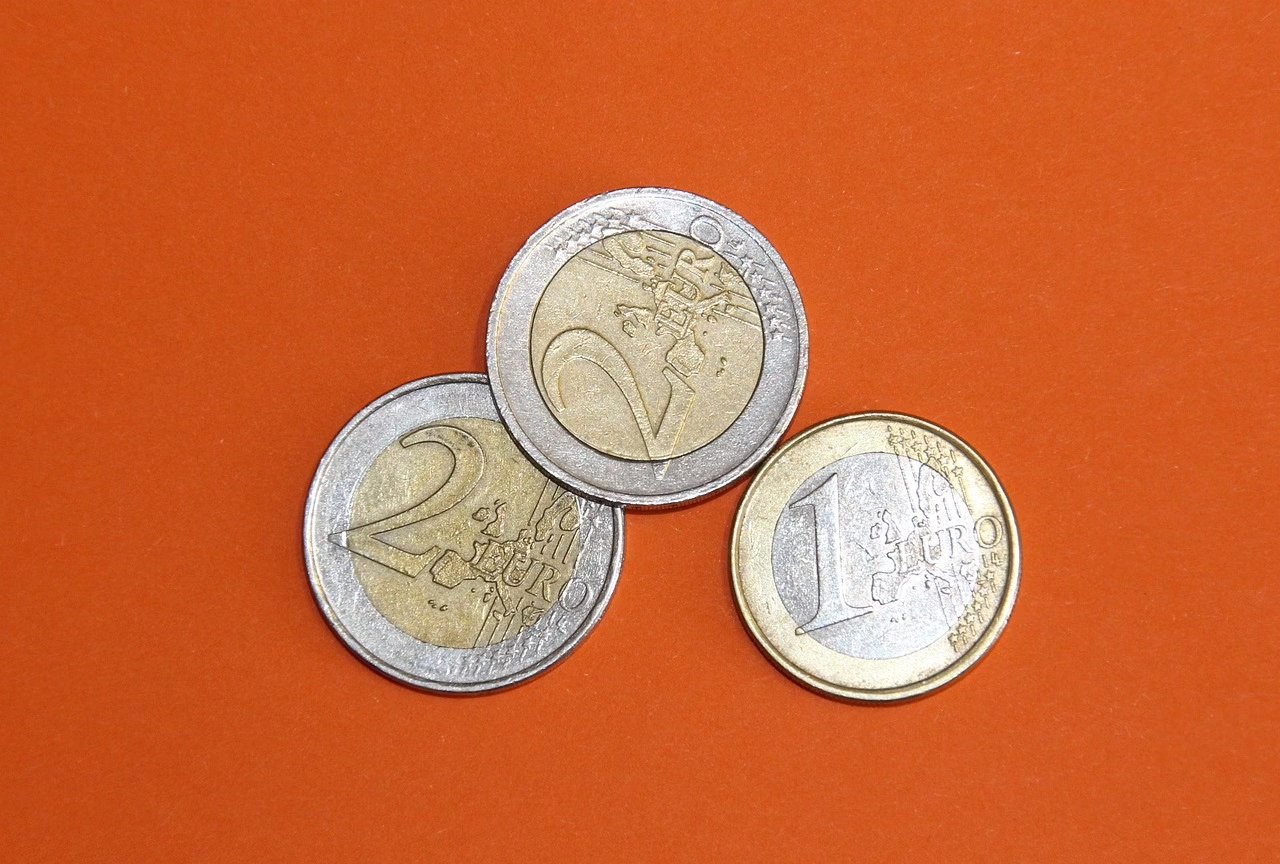
Stablecoins: A Safe Haven Amidst Volatility
In the whirlwind of today’s financial markets, where crypto volatility grabs headlines and traditional assets sway under economic uncertainty, one digital asset class is steadily carving out its role as a safe harbor: stablecoins. These quietly engineered tokens are more than just a bridge to cryptocurrencies; they’re becoming an essential anchor for investors navigating turbulent waters.
What Makes Stablecoins “Stable”?
Stablecoins are cryptocurrencies designed to maintain a fixed value—typically pegged to fiat currencies like the US dollar, euro, or sometimes commodities such as gold. This peg reduces the wild price swings commonly associated with cryptocurrencies like Bitcoin or Ethereum. The methodology behind this stability varies:
- Fiat-backed stablecoins: Each coin is backed one-to-one with a traditional currency held in reserve. Examples include USDT (Tether) and USDC.
- Crypto-collateralized: These use other cryptocurrencies as collateral but often require over-collateralization to absorb price fluctuations, such as DAI.
- Algorithmic stablecoins: Instead of collateral, they use algorithms to regulate supply and demand dynamically, though these carry higher risk and less established track records.
This engineered stability makes stablecoins a uniquely valuable financial tool.
The Safe Haven Effect
In times of heightened market stress, investors gravitate towards assets that can preserve value without the usual volatility. Stablecoins provide a digital alternative to traditional safe havens like gold or cash, but with the speed, flexibility, and global access of blockchain technology.
During crypto market sell-offs or macroeconomic shocks like inflation fears or geopolitical instability, stablecoins serve multiple roles:
- Preservation of Capital: Investors can swiftly move funds into stablecoins to lock in value, avoiding severe dips seen in other cryptos.
- Liquidity Provider: Traders use stablecoins as the preferred intermediary for entering and exiting crypto positions without converting back to fiat.
- DeFi Gateway: Stablecoins power decentralized finance lending, yield farming, and payment systems, enabling users to earn interest or transact without exposure to market swings.
Data Speaks: The Growth of Stablecoins
The numbers tell a compelling story. Since the start of 2020, stablecoin circulation on blockchains has surged from just over $10 billion to surpassing $130 billion by mid-2024. USDC recently hit a landmark of over $50 billion in market cap, overtaking some traditional fiat markets.
This exponential growth demonstrates that stablecoins aren’t a passing trend; they are becoming integral to global finance. Their adoption spans from retail users in developing economies seeking currency stability, to large institutions deploying them for remittances, cross-border payments, and smart contract operations.
— Sophia Vance, Financial Analyst & Crypto Commentator
Navigating The Risks
No asset class is without risks. Stablecoins face scrutiny over regulatory frameworks, reserve transparency, and technological vulnerabilities. Some stablecoins, notably algorithmic models, have collapsed in crises, underscoring the importance of understanding the underlying mechanics before investing.
More robust projects maintain transparent audits and reserve holdings, a critical factor in sustaining trust. Regulators worldwide are also moving toward clearer rules, aiming to shield users without stifling innovation.
Looking Ahead: Stablecoins As Financial Infrastructure
Stablecoins embody the intersection of innovation and practicality. As the crypto ecosystem matures, their role will expand beyond trading pairs into everyday financial applications—such as programmable money in decentralized autonomous organizations, instant cross-border payrolls, and embedded payments in the metaverse.
For savvy investors, acknowledging stablecoins as a refuge during volatility, and a backbone for crypto liquidity, offers a strategic advantage. They deliver both the safety of fiat and the transformative power inherent to blockchain.
In a landscape defined by change, stablecoins deliver clarity and constancy. That’s why they stand out—not just as a temporary shelter, but as a foundational element of tomorrow’s resilient financial architecture.

RELATED POSTS
View all



